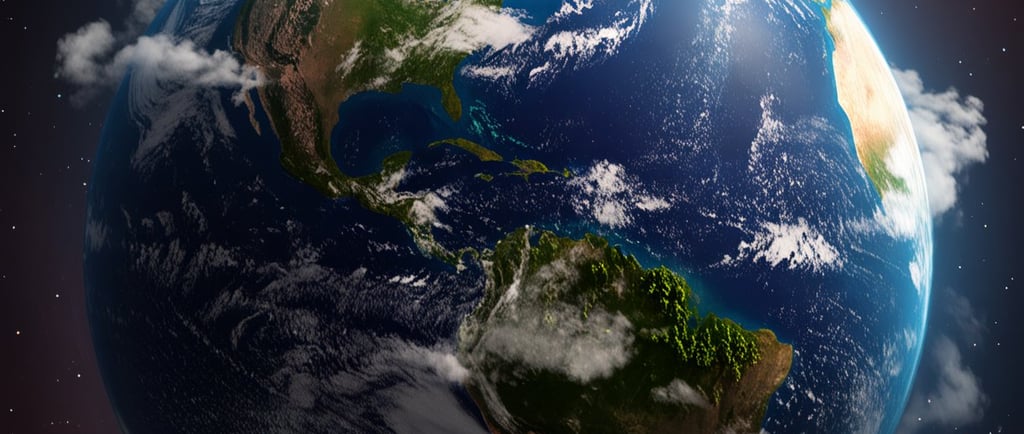Exploring the Super Habitable Planet KOI 5715.01


Introduction to Koi 5715.01
Koi 5715.01 represents an intriguing celestial body located approximately 260 light-years from Earth in the constellation Cygnus. This exoplanet has captured the imaginations of scientists and astronomers due to its unique characteristics, which place it in the category of super habitable planets. Unlike Earth, Koi 5715.01 offers conditions that may foster an even richer diversity of life, making it a focal point of astrobiological research.
Unique Characteristics of Koi 5715.01
One of the standout features of Koi 5715.01 is its size and composition. Approximately 1.5 times the radius of Earth, this exoplanet is thought to possess a more stable environment with a higher likelihood of hosting liquid water on its surface. Additionally, Koi 5715.01 experiences a lower gravity than Earth, which may lead to larger and more complex life forms. Such traits contribute to the hypothesis that this distant planet could sustain life forms that are not only diverse but also more resilient than those found on Earth.
The Significance of Researching Super Habitable Planets
The ongoing exploration of planets like Koi 5715.01 serves a crucial role in expanding our understanding of life's potential throughout the universe. Researchers are increasingly acknowledging that the conditions necessary for life may be more varied than previously thought. Instead of solely focusing on Earth-like planets, the study of super habitable planets opens up new avenues for understanding biodiversity, evolutionary processes, and the ecological dynamics of alien worlds.
The exploration of such planets can have significant implications for humanity. With the challenges facing our own planet, including climate change and dwindling resources, finding worlds that could support life in a more robust capacity might offer insights into sustainable living and the potential for future colonization or resource sharing. The unique conditions of Koi 5715.01 challenge conventional wisdom about habitability and invite us to contemplate what life beyond our own planet could look like.
As our technology improves, missions aimed at studying exoplanets will undoubtedly shed more light on their environments. Koi 5715.01, along with others like it, could serve as a beacon for our quest to understand life's fragility and resilience in the cosmos. This new perspective encourages researchers to expand their criteria for habitability, emphasizing the importance of exploring beyond our own Earth-centric views.
In conclusion, Koi 5715.01 may not just be an interesting find in the vastness of space; it symbolizes the potential for life as yet unseen. As we search the universe for answers concerning existence, Koi 5715.01 stands as a testament to the diverse possibilities that await us in the realms beyond our own. The future of astronomical research will surely continue to be enriched by the discovery and analysis of planets that could well be super habitable.
